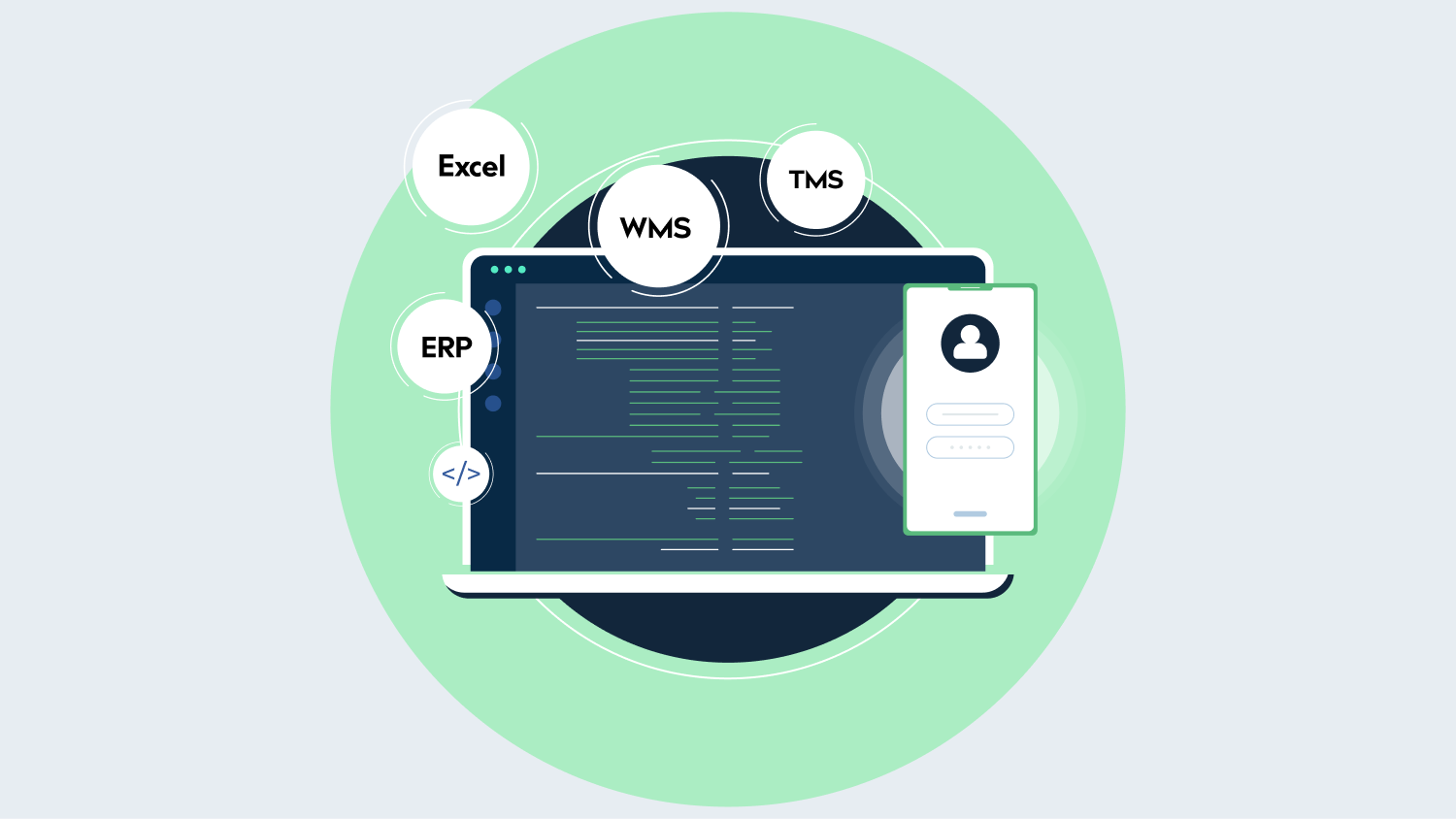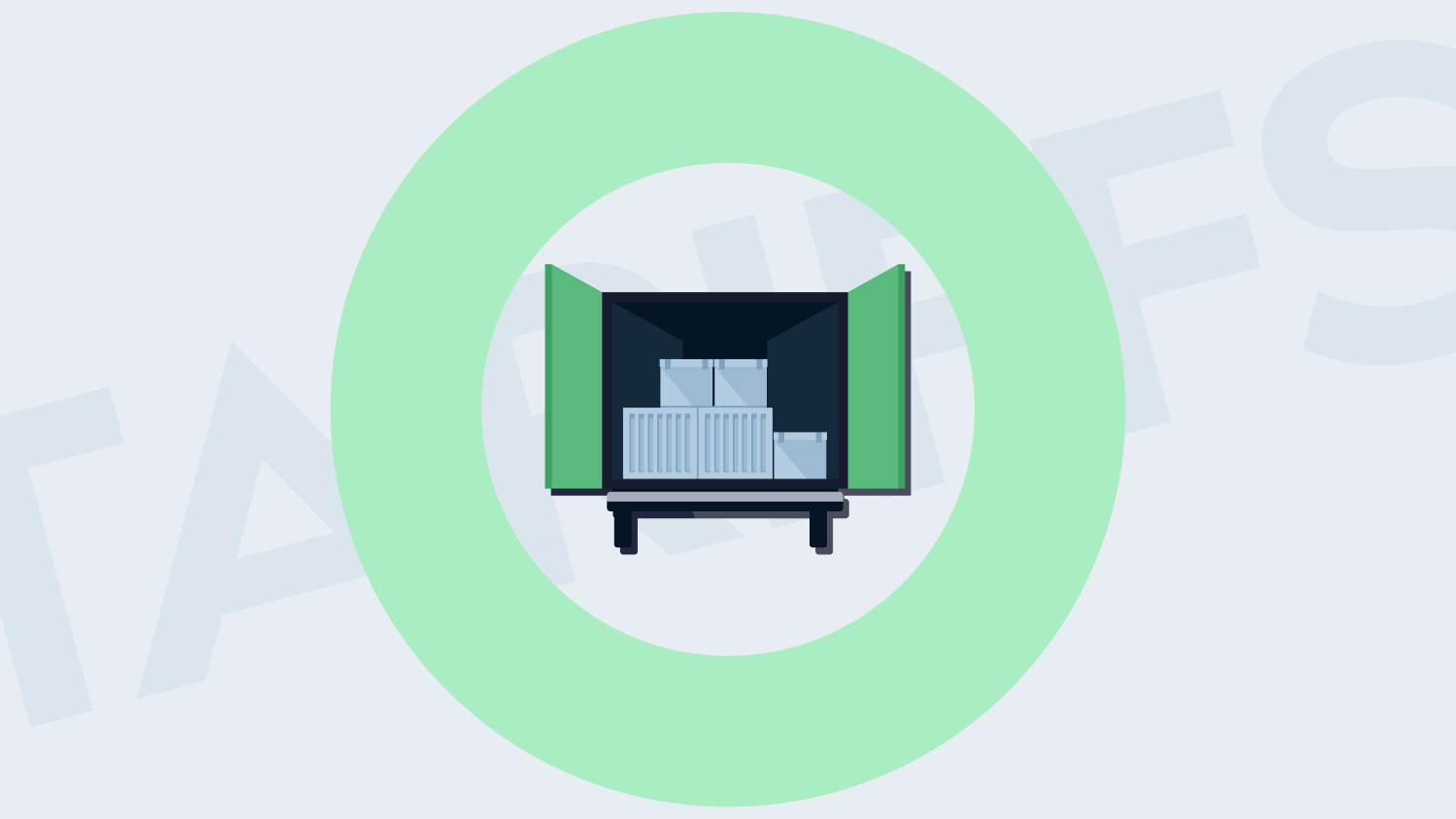Why supply chain design? Because many businesses in Europe are struggling as they don’t know how to manage their Supply Chain Design effectively. This is very important, especially given recent events. Knowing why supply chain management is important can help businesses run smoother, save money, and make customers happier.
By improving the way the supply chain works, companies can stay ahead of their competitors and better adjust to market changes.
A huge 79% of companies said that improving how they handle their supply chain made them more money.
This shows why it’s vital for companies to pay attention to managing their supply chains well.
In this article, we’ll discuss the most important tips and tricks for improving your supply chain optimisation.
An Overview of Supply Chain Design Efficiency
Making the supply chain design work better is really important for businesses that want to do well in today’s tough market. This means ensuring that products and services move smoothly from the start of production to delivery, cutting down on costs, and keeping customers happy.
By making their processes smoother, wasting less, and using technology smartly, companies can work more efficiently and make more money.
There are several key stakeholders (and often third parties) involved in ensuring a responsive supply chain design runs smoothly, including:
- Suppliers: Provide production components and raw materials.
- Manufacturers: Transform raw materials into finished products.
- Distributors: Transport and distribute products to retailers or end customers.
- Retailers: Sell products directly to consumers.
- Customers: Purchase and consume products or services.
- Logistics providers: Manage transportation, warehousing, and distribution activities.
- Transportation companies: Transport goods from one location to another.
- Warehousing and storage facilities: These facilities store and manage inventory, including fulfilment centres and third-party logistics (3PL) providers.
Managing the efficient supply chain design also strengthens a business against unexpected problems like pandemics. With good plans in action, businesses can stay ahead of competitors, maintain a solid spot in the market, and ensure long-term success.
Related Read: Key Trends Impacting Today’s Supply Chain Network | Sophus Insights
Supply Chain Efficiency vs. Supply Chain Effectiveness
Businesses need to know the difference between being efficient and effective in managing their supply chains, especially if they want to do well in today’s tough market. By focusing on both efficiency (cost-effectively doing things) and effectiveness (meeting customer needs), companies can find the right balance.
This helps them save money while keeping customers happy, which is key to staying successful over time in an ever-changing business world.
| Aspect | Supply Chain Efficiency | Supply Chain Effectiveness |
| Definition | Maximising output while minimising input or resources used. | Achieving the intended outcome or goal of the supply chain activities. |
| Focus | Concentrates on cost reduction, minimising waste, and optimising processes. | Emphasises meeting customer needs, enhancing customer satisfaction, and achieving strategic objectives. |
| Metrics | Key metrics include cost per unit, inventory turnover, and lead time. | Key metrics include on-time delivery, customer satisfaction, and market share. |
| Approach | Strives for operational excellence and resource utilisation. | Strives for alignment with organisational goals and customer requirements. |
| Example | Reducing transportation costs by optimising routes and consolidating shipments. | Ensuring products are delivered on time and in full to meet customer demand. |
Best Practices for Enhancing Supply Chain Design Efficiency
To stay ahead in today’s quick-moving market, businesses need to make their supply chain better. By using these top tips, companies can make their processes smoother, cut down on expenses, make customers happier, and get an advantage over others.
Supply chain network design and optimization are crucial components of supply chain management that involve strategically structuring and refining the flow of goods, information, and finances across various entities involved in the production and distribution process. This process aims to enhance efficiency, minimize costs, and improve overall performance.
Demand Forecasting and Planning
Demand forecasting and planning are very important for improving a supply chain design. By correctly guessing how much people will want products or services in the future, companies can ensure they have just the right amount of stock, plan their production properly, and organise how to distribute goods efficiently.
Using smart forecasting methods and analysing data well, like what Annual Budget Planning provides, helps businesses make better guesses about future demand. This allows them to decide wisely on how much stock to keep and when to produce more items.
Predicting demand ahead of time allows companies to avoid running out of products or having too many unsold items lying around. This saves money and makes the whole supply chain run smoother.
Inventory Optimization In Supply Chain Design
Managing supply chains well requires having the right amount of stock in the best places. By keeping just enough inventory and putting it where it’s needed, companies can cut down on extra costs while ensuring they have products ready for their customers when they want them.
Using special methods like Multi-Echelon Inventory Modeling, companies can figure out the best amounts of stock to keep at different points in their supply chain.
This approach helps businesses keep a good balance of stock, avoid running out of items, and make their supply chain run smoothly.
Supplier Relationship Management
Managing relationships with suppliers well is key to improving the supply chain. When companies form strong bonds with their suppliers and talk openly, they can work together more creatively and effectively throughout the supply chain.
Using special tools like Supply Chain Integration M&A helps businesses be more open about what’s happening, makes buying things smoother, and lessens risks in the supply chain.
By improving these supplier connections, companies can get better products, shorten wait times for materials or goods, and boost how well the whole supply chain operates overall.
Lean Manufacturing Principles
Using lean manufacturing methods is a smart way to make supply chain design and operations better. This approach focuses on getting rid of unnecessary steps, making production faster, and making processes work more smoothly.
This leads to a better-performing supply chain overall. Tools such as integrated S&OP help different parts of a business work together by matching what’s produced with what customers want and using resources wisely.
By adopting these lean principles, businesses can become more flexible, cut costs, and constantly improve their supply chains.
Just-in-Time Inventory Management
Just-in-time (JIT) inventory management is a method that helps businesses manage their supplies more efficiently and save money on storage. It works by making sure products are only made when they’re needed, which means companies don’t have to keep lots of items in stock.
This way, they can use their money better, spend less on storing goods, and quickly adjust to what customers want in supply chain design.
Replenishment planning is used to determine how much stock to order and when businesses can ensure they always have just enough without running out.
When companies follow JIT methods, they make their supply process simpler and more cost-effective.
Collaboration and Communication Among Supply Chain Partners
Working together and communicating well with others in the supply chain is very important for improving the supply network’s optimisation.
When businesses share information and work closely across the supply chain, they can see what’s happening more clearly, react faster, and be more flexible.
Distribution Planning helps everyone in the supply chain work together in real-time. This means they can make smart choices sooner and use their resources wisely.
Using Advanced Technology and Automation
Using modern technology and automation is key to making supply chain design and operations better in our digital world.
By using smart technologies like artificial intelligence, machine learning, and the Internet of Things (IoT), companies can gain a clearer view of their supply chain, smooth processes, and make better decisions.
Solutions like Transportation Routes Planning that plan transportation routes use smart algorithms to find the best ways to transport, save fuel, and cut down on carbon emissions.
Adopting these advanced technologies helps businesses improve the efficiency of their supply chains, lower expenses, and stay ahead of the competition.
GHG Emission Modeling and Optimization
Cutting down on greenhouse gas (GHG) emissions is becoming increasingly important for companies that want to be more sustainable and less harmful to the environment.
Tools like “GHG Emission Modeling” and “GHG Emission Optimisation” help these businesses determine their contribution to carbon emissions, identify the biggest problems, and plan to emit less across their supply chains.
Using these tools in planning deliveries and production can improve a company’s image and build trust with customers and partners.
Final Words: Supply Chain Design Efficiency with Sophus Technology
The effectiveness of implementing supply chain strategies for enhancing efficiency cannot be overstated. Streamlining operations, reducing costs, and improving customer satisfaction are paramount for staying competitive in today’s market landscape.
Additionally, Sophus Technology emerges as a standout solution, offering a comprehensive platform, structured data model, cloud-based agility, and dynamic network design capabilities.
With its innovative approach and commitment to efficiency, Sophus stands as a trusted partner for organisations seeking to optimise their supply chain operations and achieve sustained success in the ever-evolving business environment.










